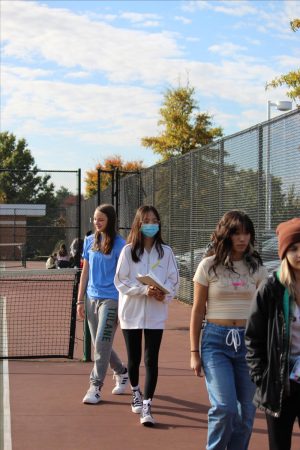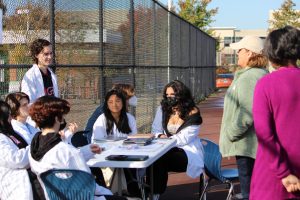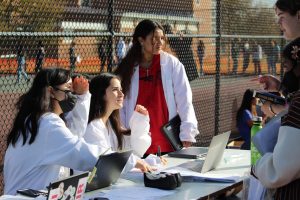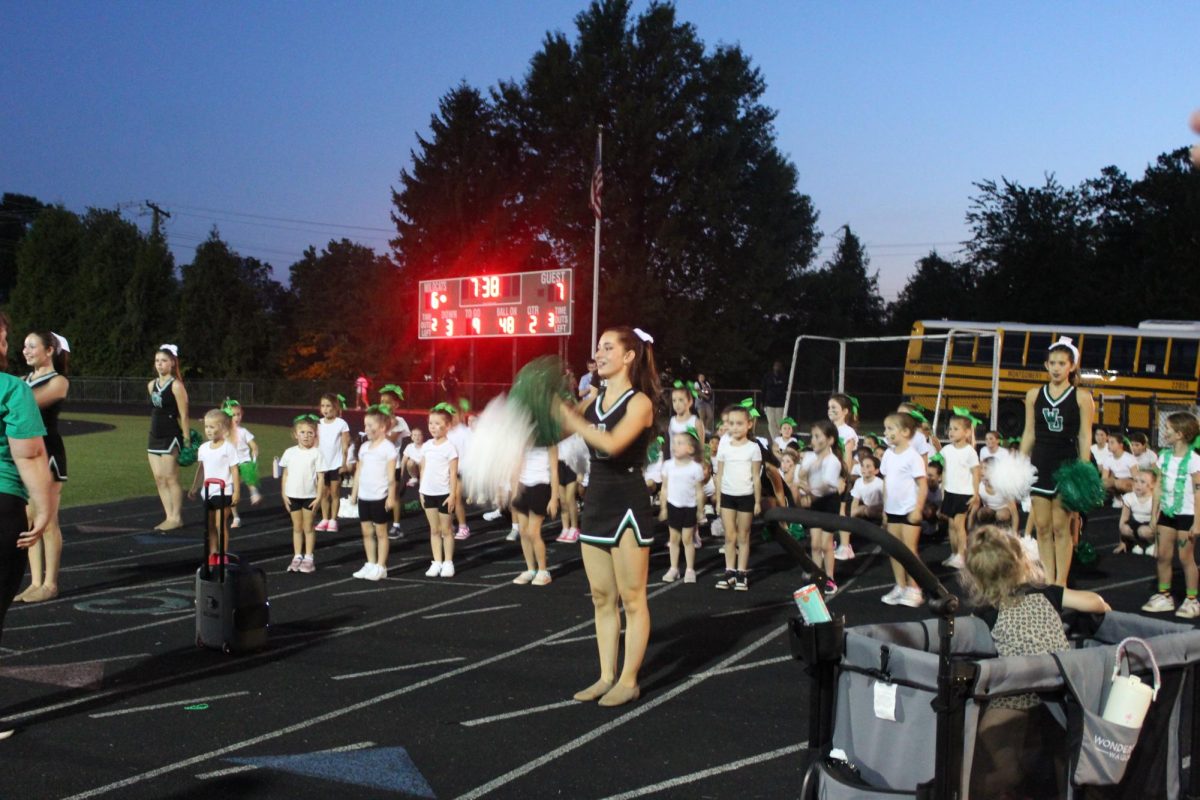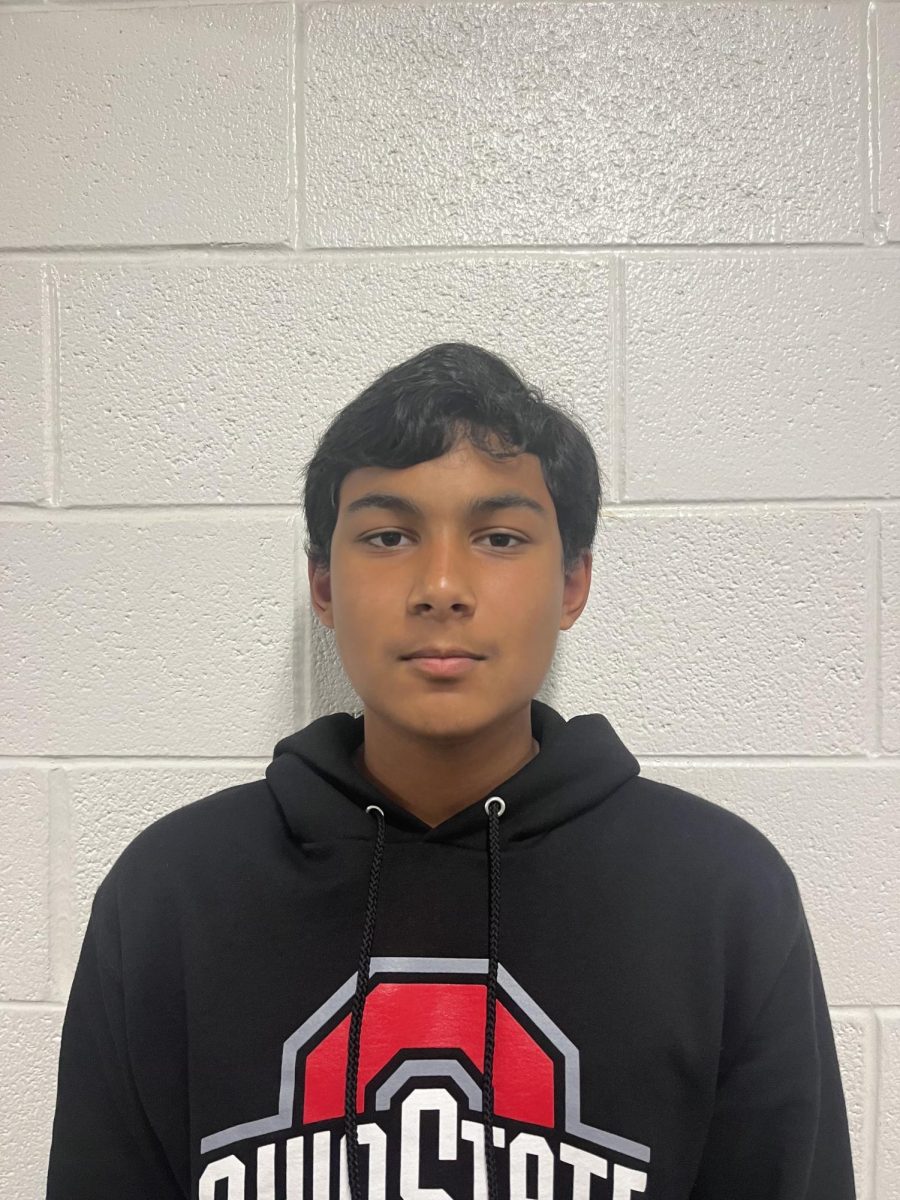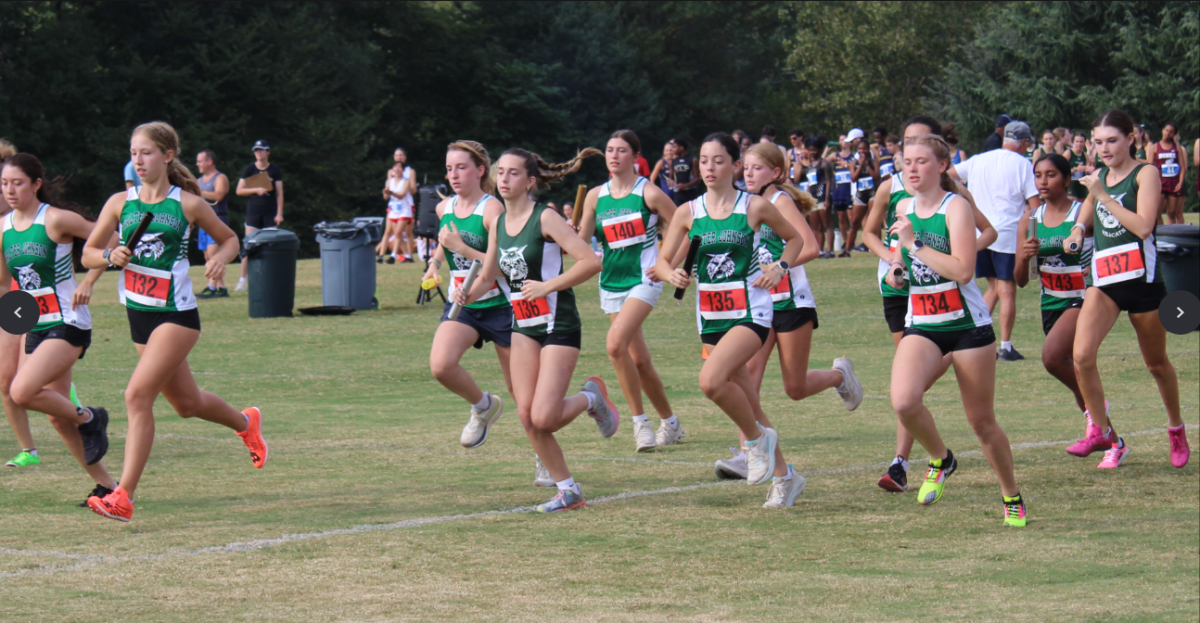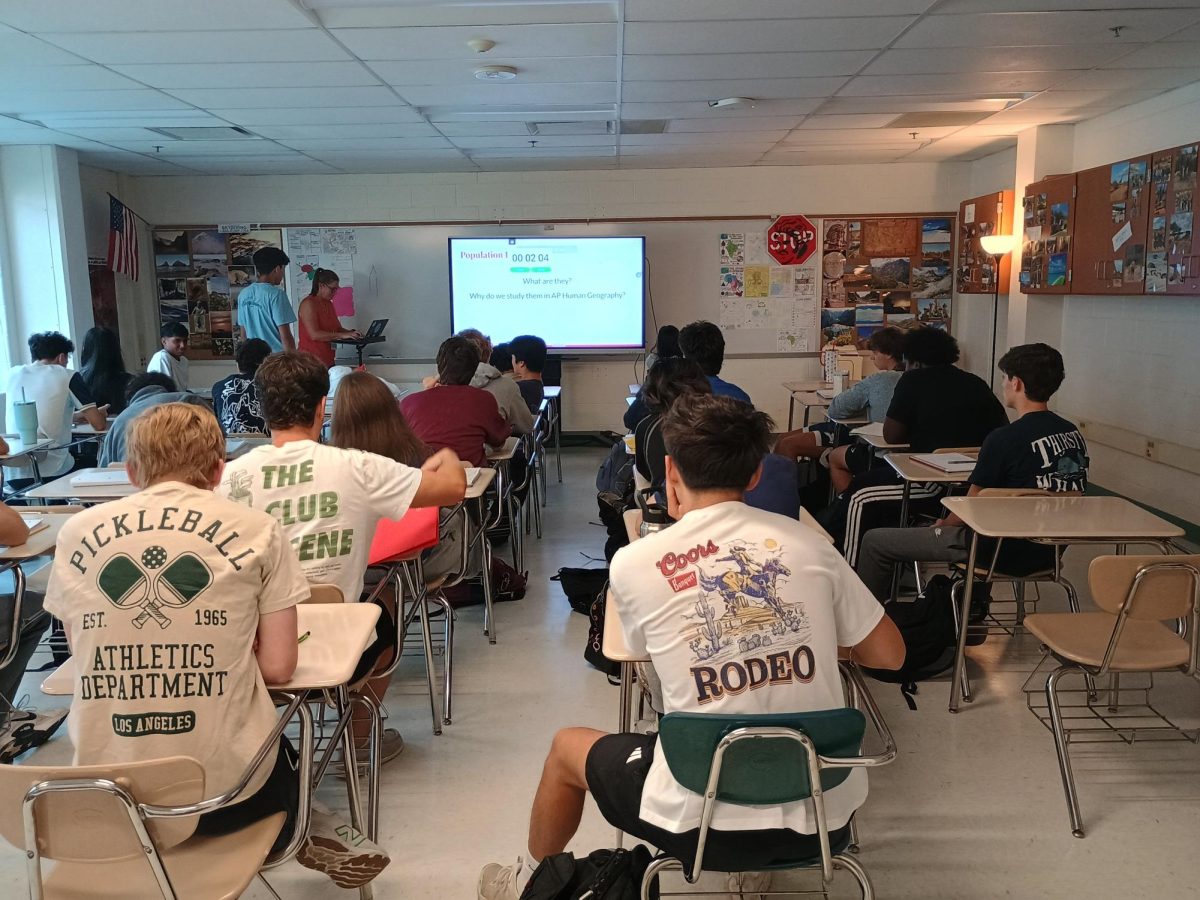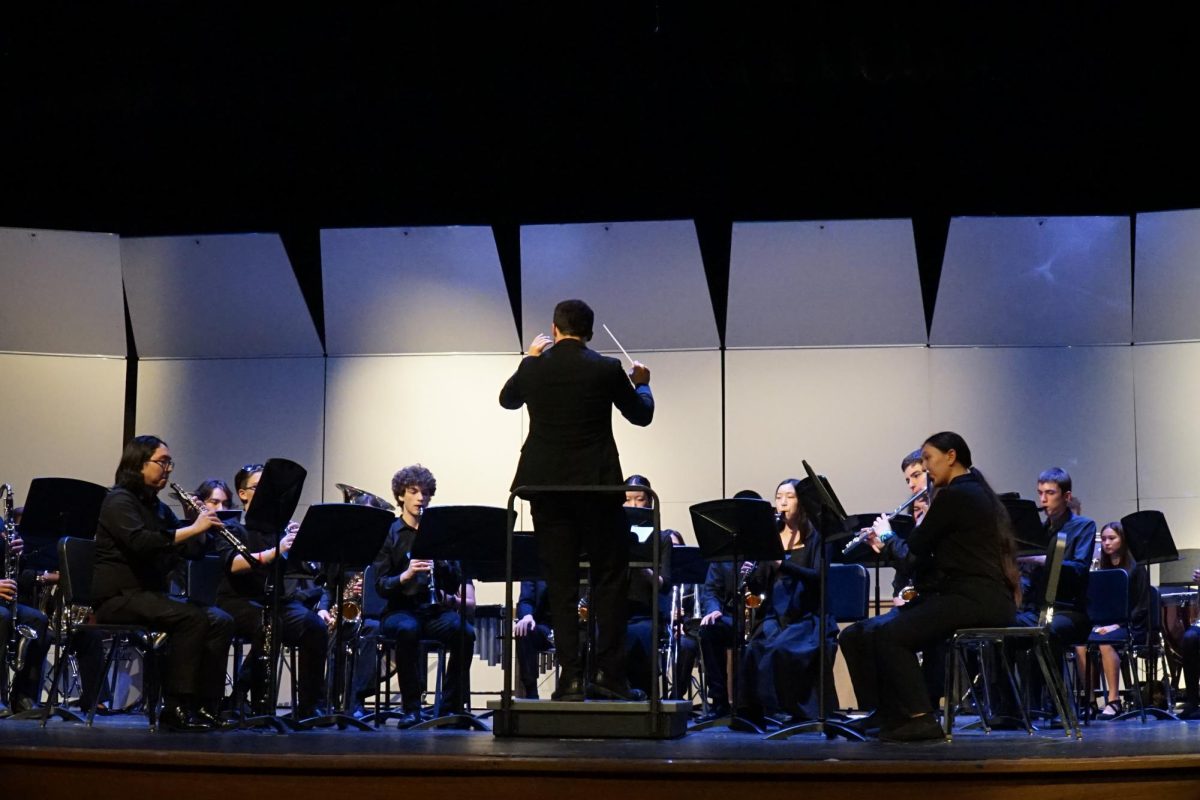On Friday, Oct. 14, 342 APEX Biology, AP Biology, Forensic Science and Molecular Biology students attended the Operation Outbreak Simulation on the tennis courts to participate in a simulation of how disease is spread and controlled.
Founded by Operation Outbreak Program Manager Kian Sani, the program is made to simulate an environment that has a disease outbreak and the responses that come from various systems within a society. Students each have the Operation Outbreak app where they can infect other people close to them via Bluetooth.
The simulation is formatted in a way that there is a disease outbreak where different institutions must work together in controlling the outbreak. The institutions included a hospital, epidemiologists, store clerks, banks, the government and the media. Groups of Forensic Science students were in charge of manning these stations while all other students were participating in the simulation.
Students used the Operation Outbreak app on their phones to facilitate the epidemic. The app notifies students when they become infected, what their symptoms are, any protective gear they have received and ultimately when they have died.
“The way that they showed how the pandemic broke out was pretty good. There was a patient zero who tried to get everyone sick, so you had to survive by getting the vaccine,” freshman William Murphy said.
The intention of the simulation had a lot of potential for allowing students to learn about how infection spreads through an engaging experience. However, for some the simulation resulted in confusion and chaos.
“I think it would have been better if they had explained the directions in the beginning rather than at the end, it would have been a lot better,” freshman Jeremy Silberglied said.
The simulation is modeled on a similar variant to Covid-19 which was created before the outbreak occurred in 2019. Feedback from students about modeling Covid stated that they wanted to see a variant different from one they experience daily.
“But, as you can see from this simulation, we chose to switch things up a bit to model MRSA,” Sani said.
The immersive experience started back in 2015; stickers were originally used to model the outbreak. Now as the simulation has grown, the mobile app has allowed for a more realistic experience for students to engage in. During the height of Covid, the organization was able to continue their simulation on Zoom, but recently, they have returned to their in-person simulation experience.
“The whole point of Operation Outbreak is to raise awareness about infectious disease. Covid is certainly not the only outbreak that can impact society at this scale, so we think running these simulations is important in preparing society for the next one,” Sani said.






